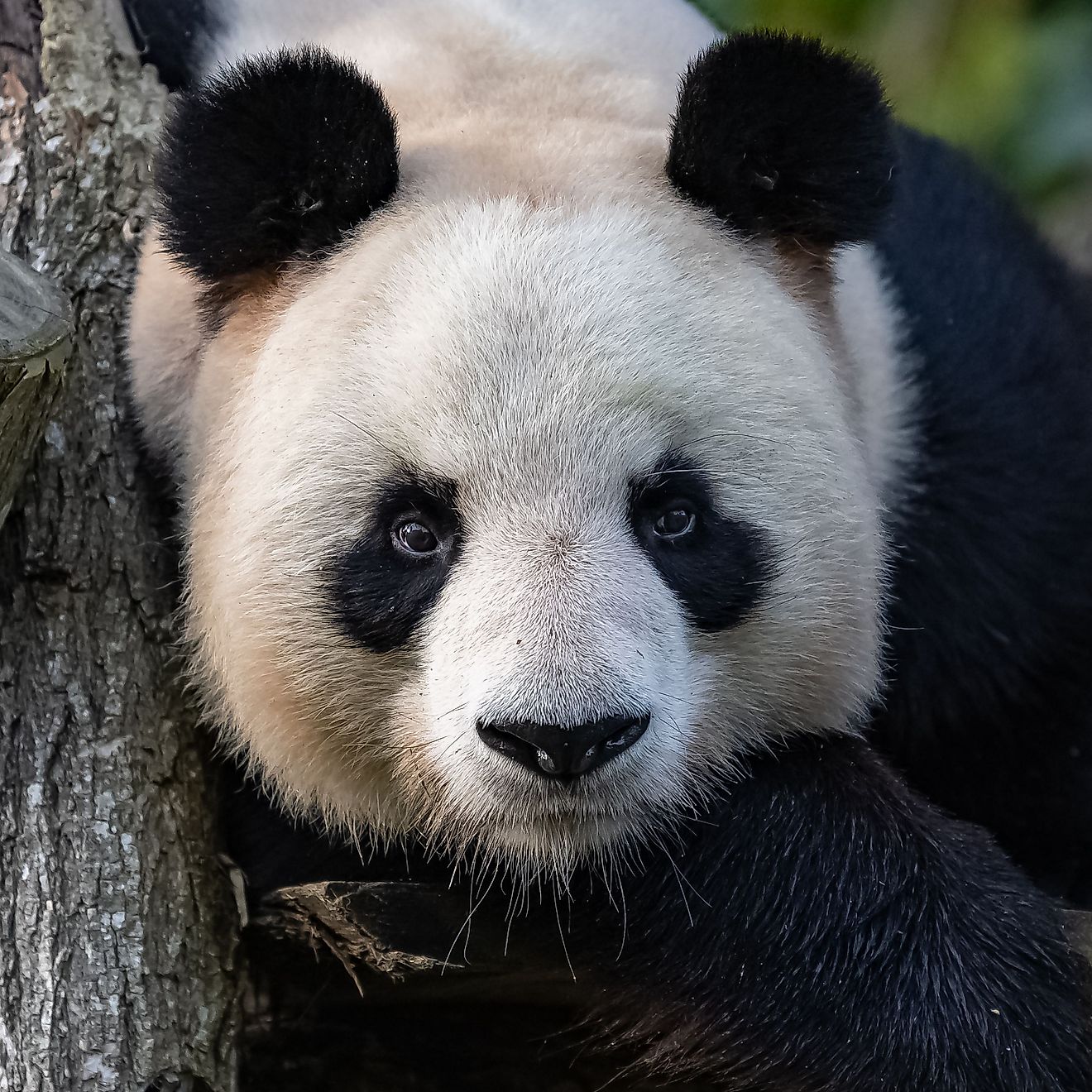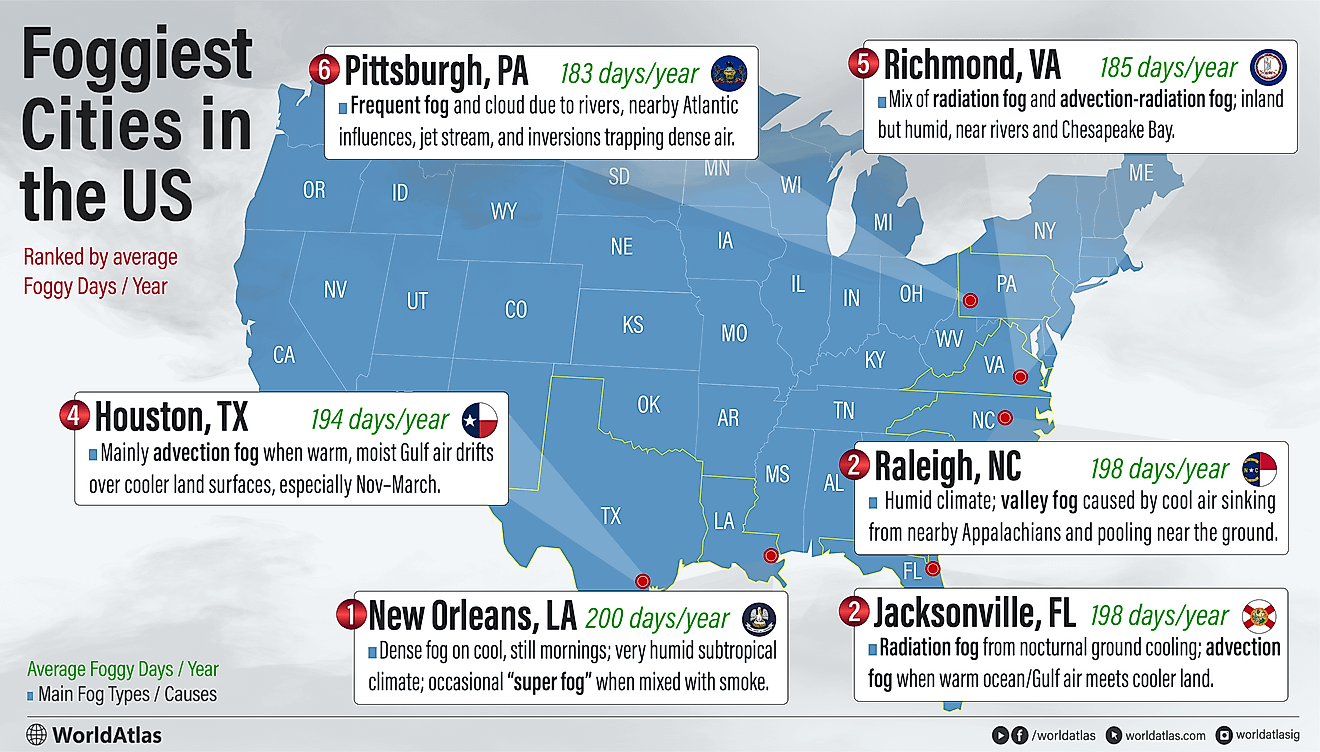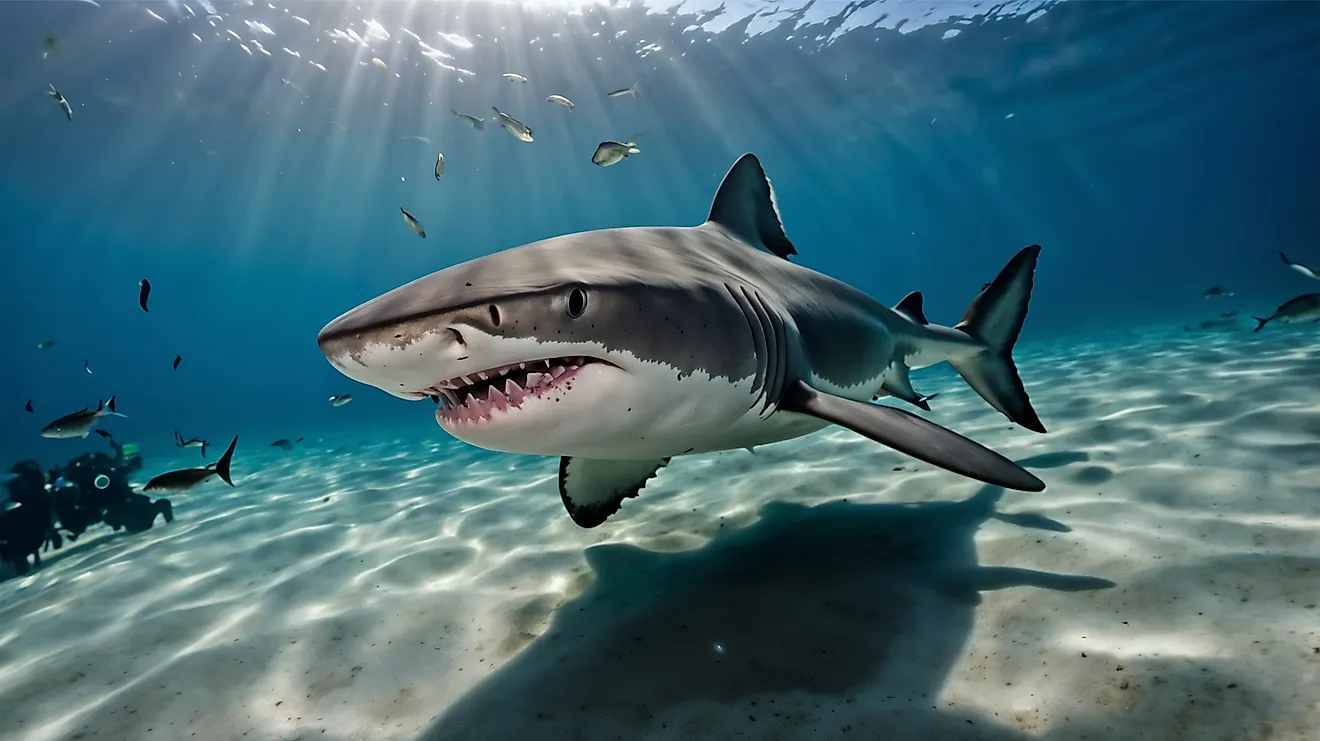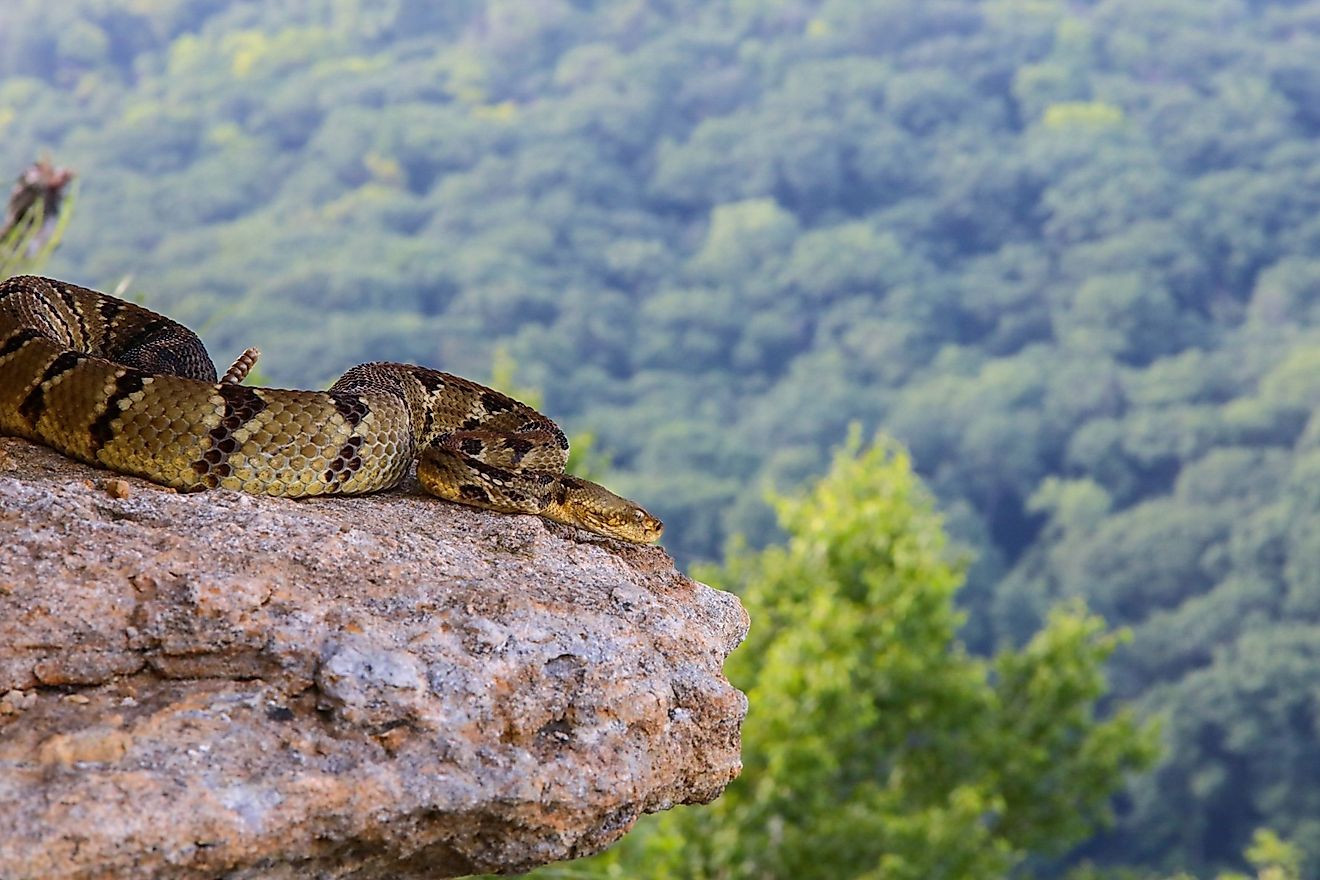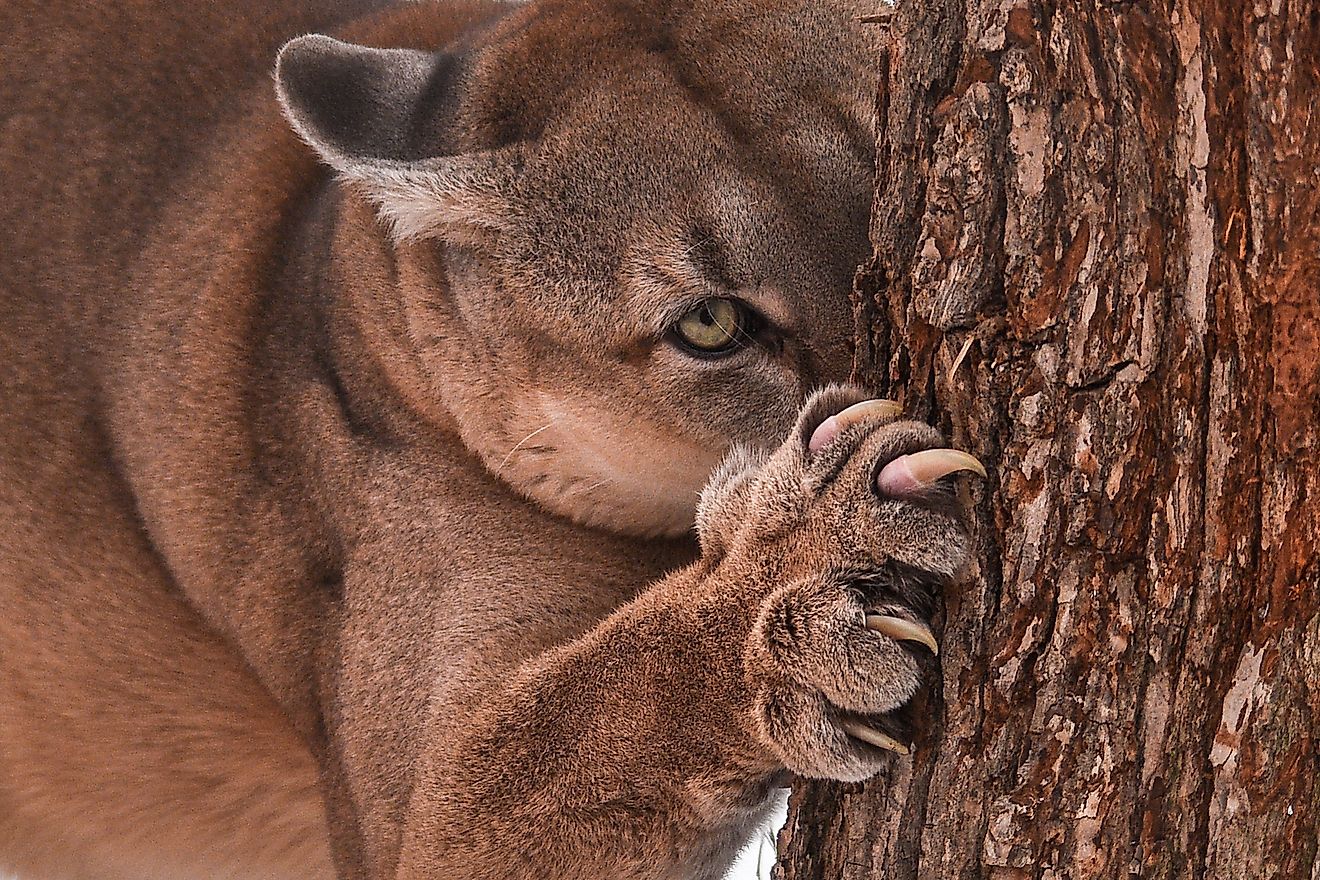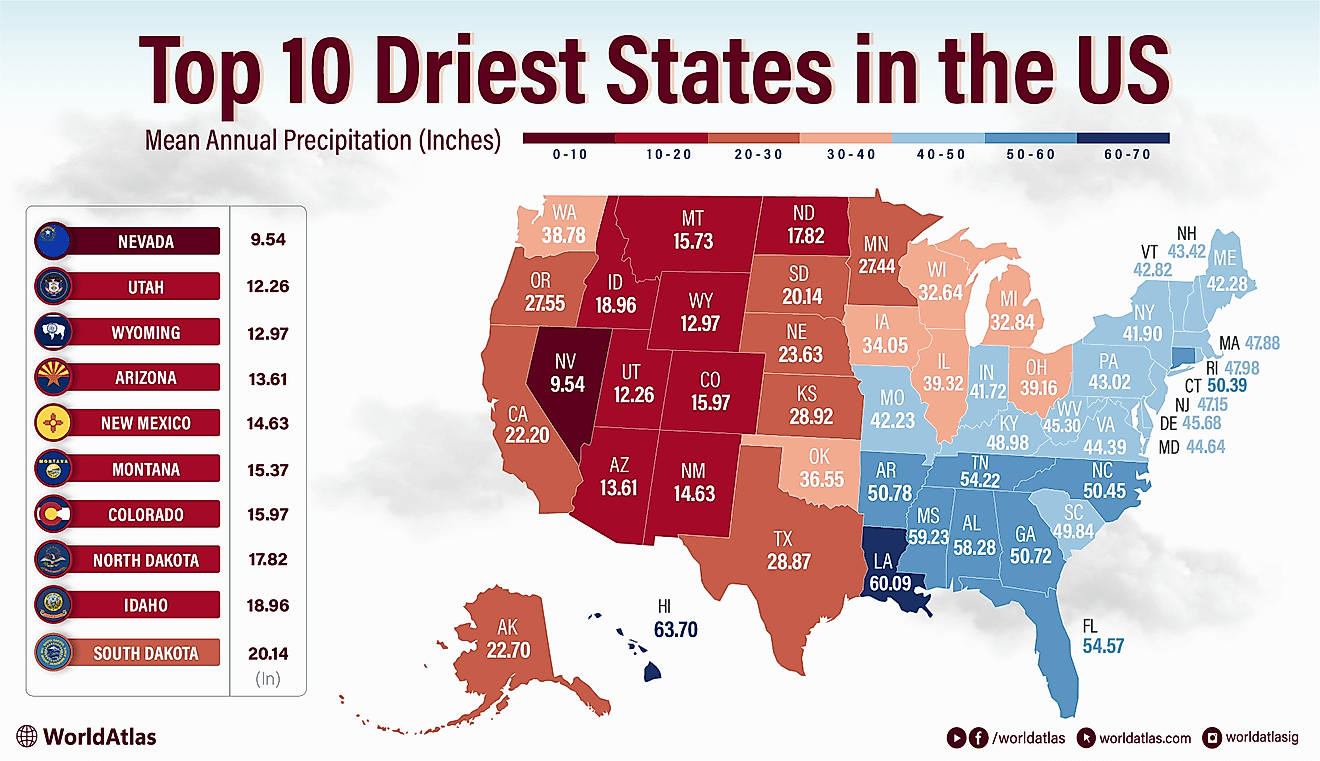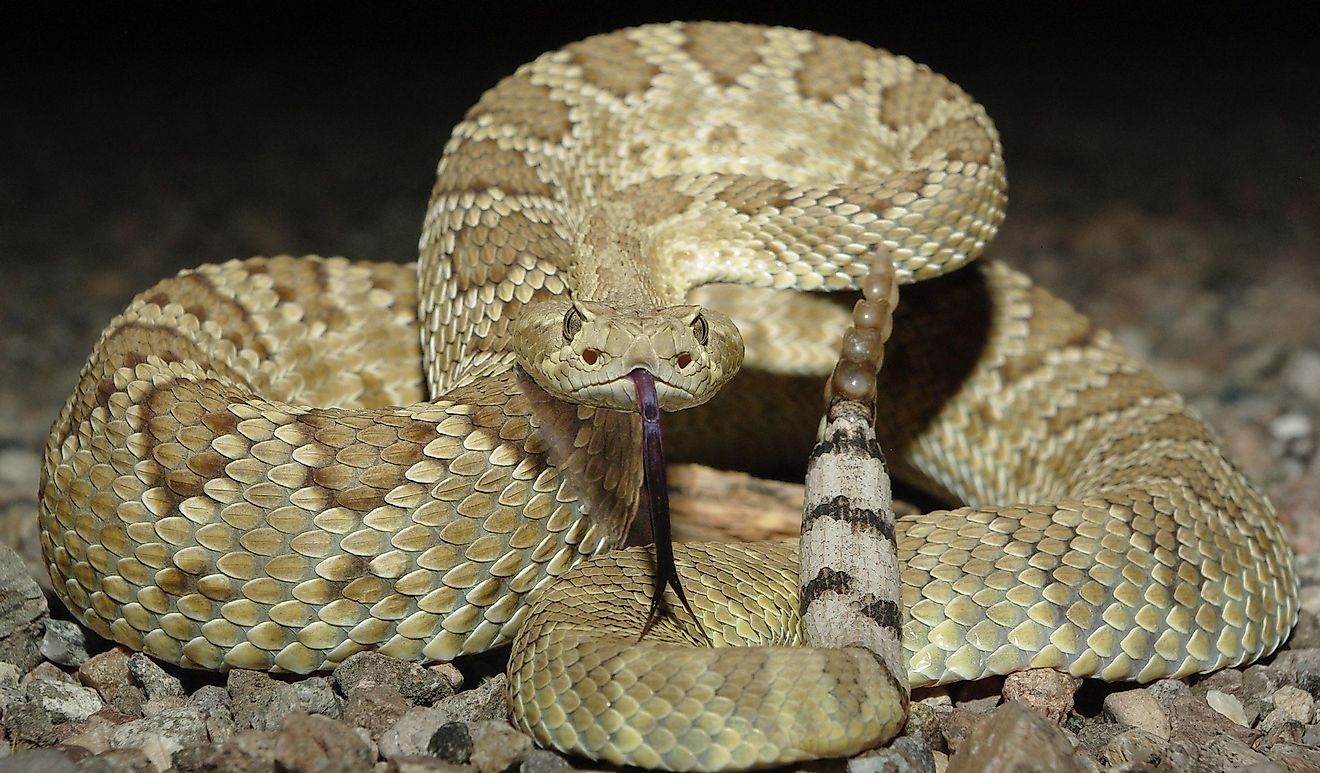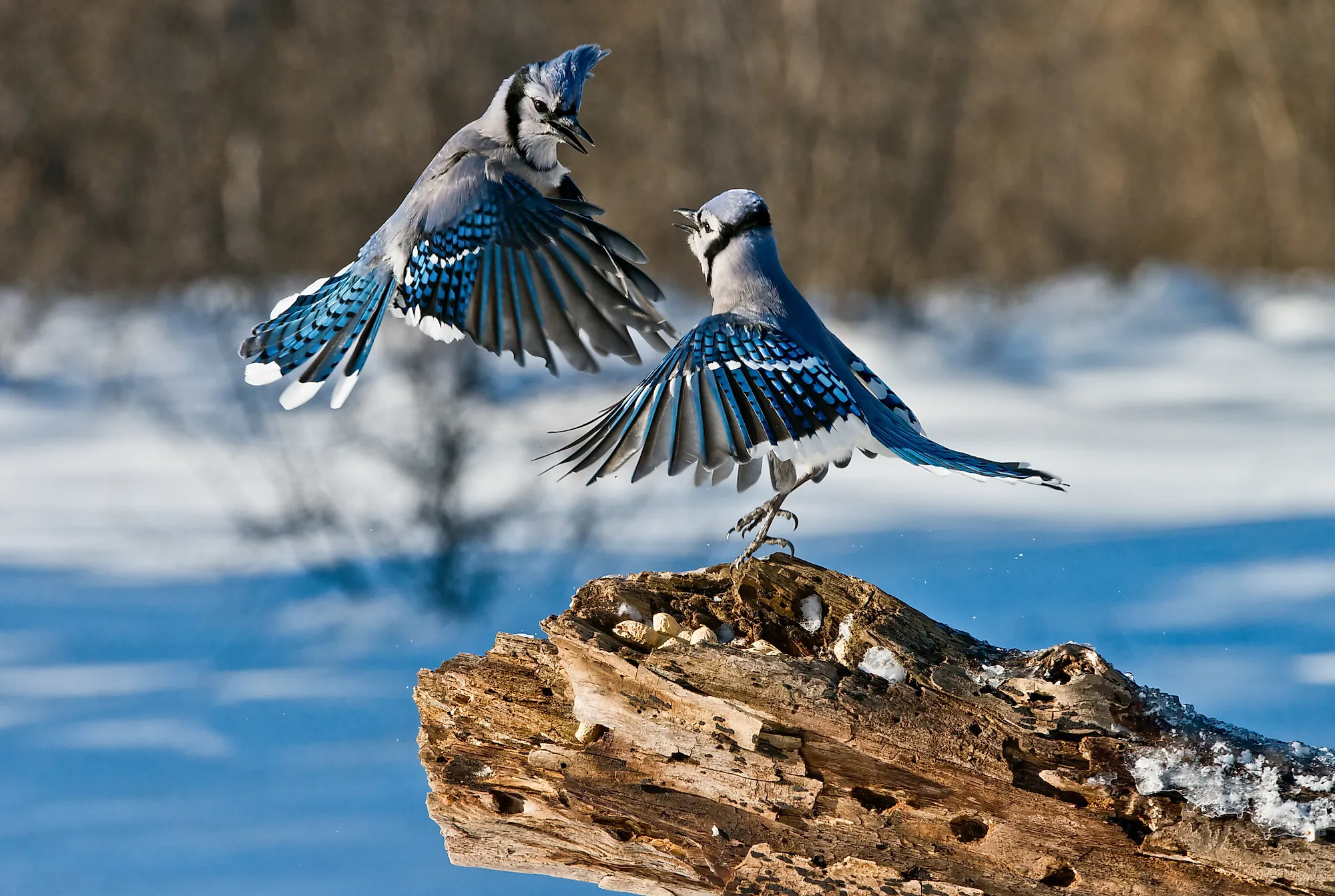
Animals That Are Expanding Their Range Due to Climate Change
The numerous environmental impacts of climate change are widely discussed in the media. But when we talk about the consequences of a changing climate, we’re often talking about the human consequences. The occasional “save the polar bears” campaign might pop up, but some of the more unusual impacts of climate shifts on wildlife worldwide are widely overlooked. One of those impacts: many species are expanding their ranges.
When temperature and climate conditions change, so do the habitats that animals can call home. Some have no choice but to spread out if they want to survive, while others choose to take advantage of suddenly more favorable conditions in areas they didn’t previously inhabit. Either way, this lesser-known impact of climate change is radically reshaping ecological dynamics — so, which species are most notably emerging where they were never seen before?
California Sea Lion
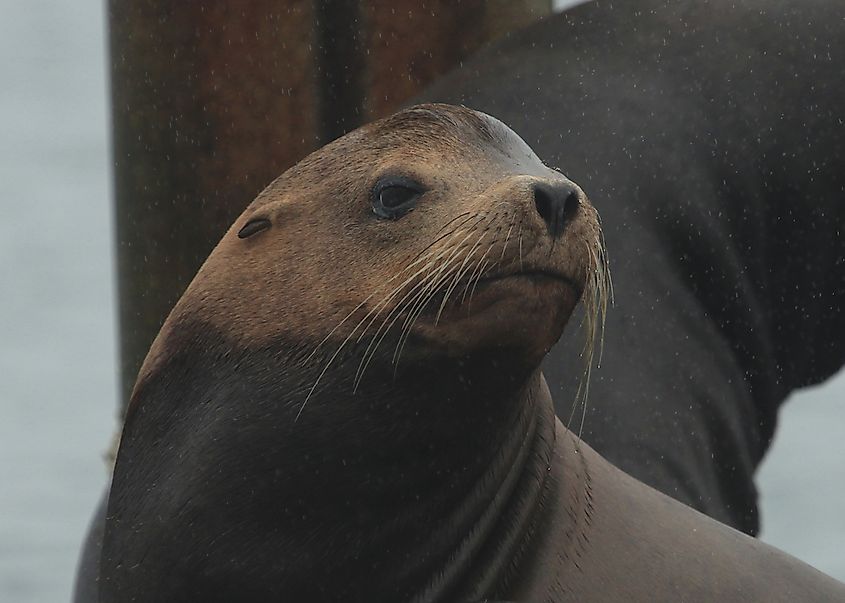
If you’ve ever visited coastal California, you’ve likely seen, heard, or smelled the local population of California sea lions. California sea lions breed mainly from the Channel Islands south to central Mexico, but their range now regularly extends north to southeast Alaska. While several factors influence this shift, climate change appears to be the main driver.
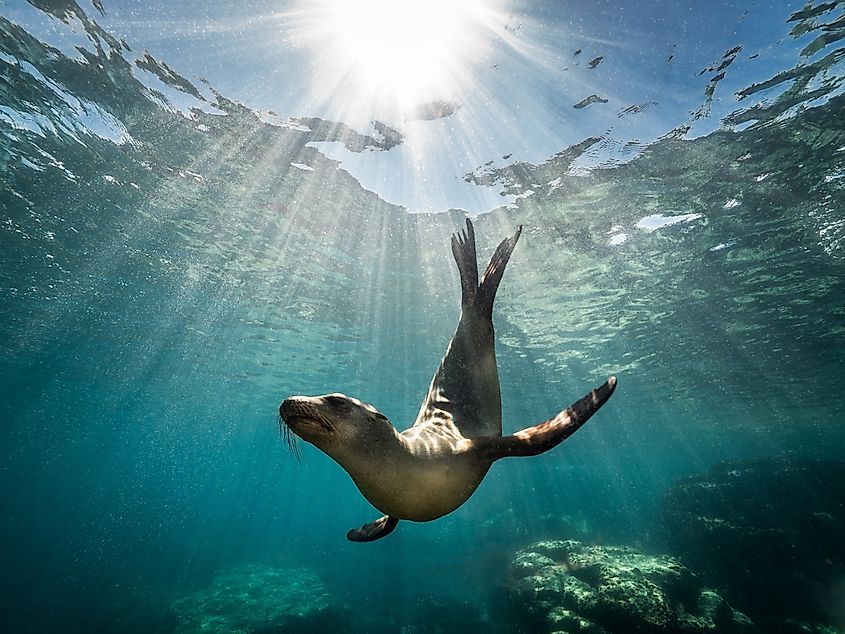
It’s a sadly familiar story: as ocean temperatures rise, animals tend to migrate farther north in search of cooler temperatures and their favorite prey species. Such is the case of the California sea lion. For much of the 20th century, they were rarely seen north of the California-Oregon border, but it’s now not uncommon to spot them as far north as Alaska. And while widespread hunting and precipitous population declines played a part in keeping sea lions confined to California before protective legislation was put in place in the 1970s, it’s still noteworthy that sea lions are being seen so far outside of their “typical” locations.
This, however, has not come as a surprise to biologists. Studies have shown that warmer sea temperatures correlate with population declines in some sea-lion colonies, which underscores the importance for the species of reaching adequately calm waters. This is mainly because warmer temperatures affect the species of sea lions they like to eat, which makes the energy-intensive process of reproduction a non-starter. So moving northward into calmer waters is a natural solution for sea lions facing rising temperatures.
Green and Blue Jays
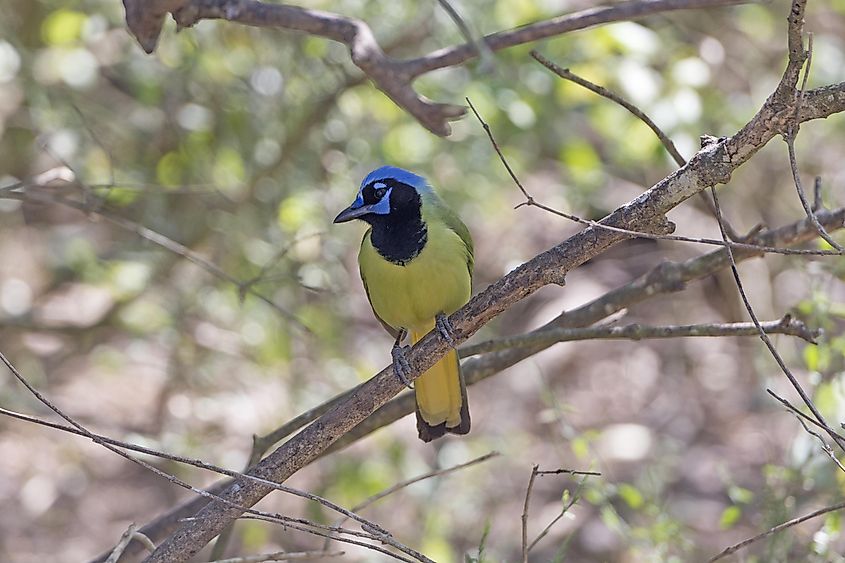
The striking Green Jay was once a rare sight in the United States. Preferring more tropical climates, the brilliant lime-green plumage of the Green Jay was a sight almost exclusive to Central America; it only rarely ventured into the far southeast of Texas. But shifting weather patterns pushed the species further north. As the Green Jay settled widely in the southern half of Texas, it became the biological headline of the year — because it wasn’t the only species of jay pushing into new territory.
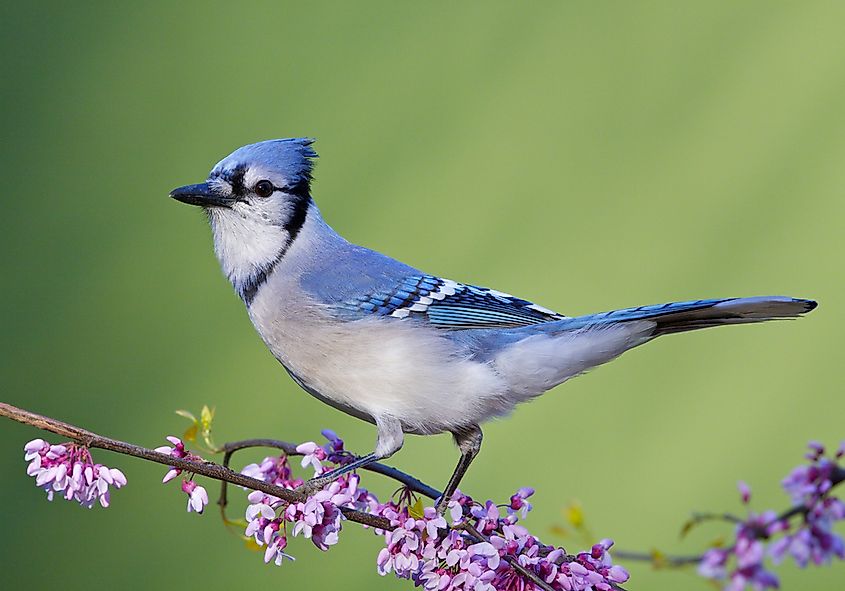
The Blue Jay, a prevalent species easily spotted in the parks and backyards of the eastern United States, had never pushed west of Houston before. Shifting weather patterns in the region began to change that, encouraging Blue Jays to expand westward. And as the Green Jay pushed northwards, its range met that of the Blue Jay near San Antonio. The result? Some unexpected feathered fraternization.
That’s right: both pushed into new territory by a changing climate, Blue and Green Jays hit it off. And when their paths happened to cross, it wasn’t long before birders and researchers alike started to notice their hybrid offspring popping up in backyards around Texas. It may be the first observed vertebrate hybridizing as a result of both species expanding their ranges due, at least in part, to climate change.
Nine-Banded Armadillo
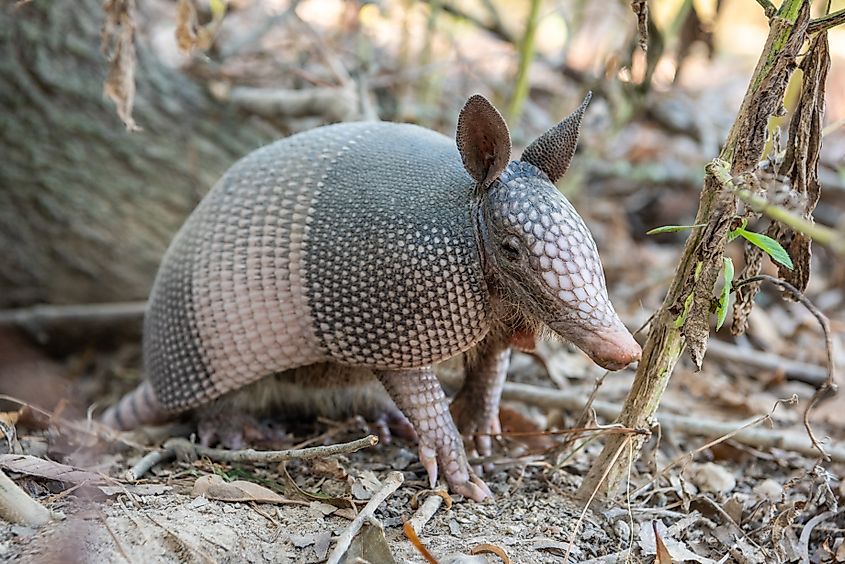
If you want to get an idea of the species climate change is pushing to expand their ranges, you ought to start in southern Texas, because the Green Jay isn’t the only Central American species pushing it further north through the region. The Nine-Banded Armadillo, a small mammal known for its armor-like body plates and ability to roll up into a ball when threatened, is one of the most famous examples of climate-driven habitat expansion. This phenomenon began when they crossed the Rio Grande.
The Nine-Banded Armadillo historically did not extend into what is now United States territory; the Rio Grande formed a natural border to their further expansion. But since 1850, when American settlement of southern Texas was in full swing, locals have been noticing a distinct uptick in armadillo sightings.
Initially, this was likely due to human alteration of the landscape: American settlers had vastly different land management practices than the region’s indigenous people, and these practices inadvertently created more optimal armadillo habitats. More mesquite brushland meant more incentive for armadillos to brave the Rio Grande.
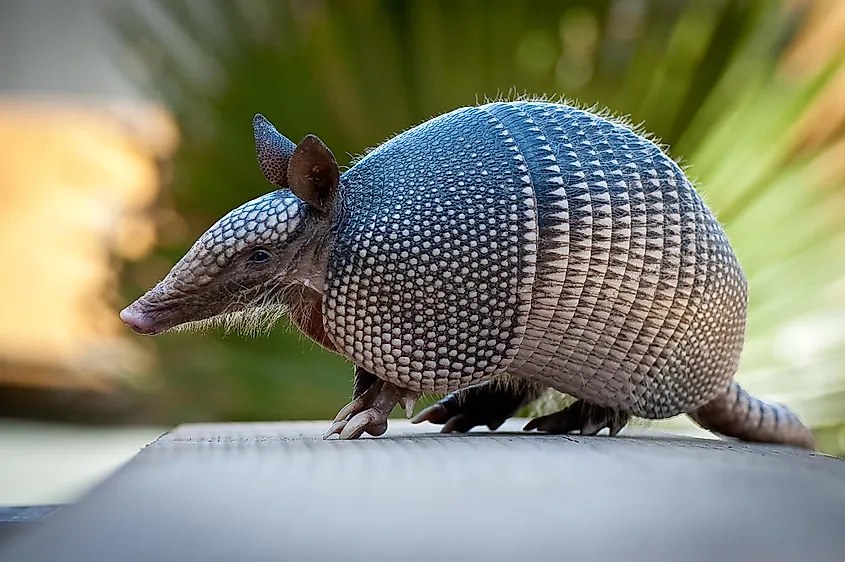
However, that initial expansion into Texas doesn’t explain how we ended up with armadillos in no less than sixteen U.S. states. And this is where climate change comes in. Winters are getting milder in much of the midwestern U.S., and this is excellent news for the subtropical Nine-Banded Armadillo. As the armadillo population reaches carrying capacity (the largest size an environment can withstand before resources become too scarce to support the population) in one region, it’ll be pushed into another - and climate change is opening up more and more habitats to those fleeing armadillos.
The Nine-Banded Armadillo has now been sighted in many U.S. states. They’ve set up shop as far north as Illinois and as far east as Florida. However, the success of the armadillo in adapting to the changing climate may not be entirely positive news: scientists worry that its burrowing behavior might negatively impact ground-nesting birds in regions with no historical armadillo populations.
Pacific Cod
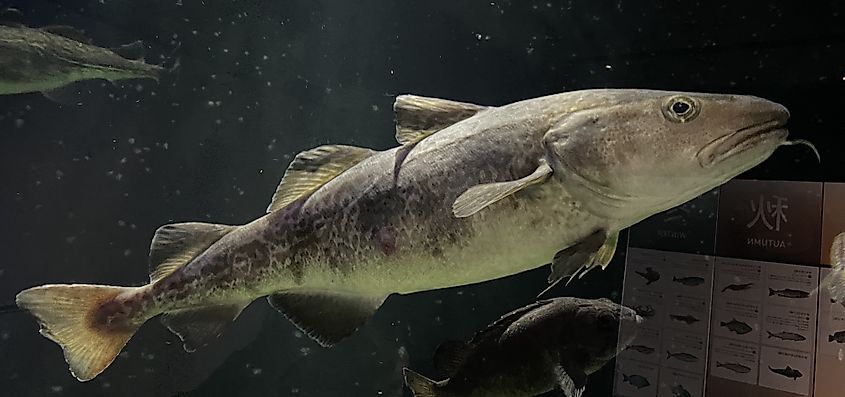
Cod is one of the most popular marine fish to eat worldwide, so it’s no surprise that the numbers and behavior of the Pacific Cod are closely watched. That’s how we know that rising sea temperatures have pushed the Pacific Cod northwards from its traditional spawning grounds in the Gulf of Alaska to the much-colder, far-northern Bering Sea.
It’s not a full-scale expansion yet. Many parts of the Bering Sea are too cold for spawning, which cod can only achieve under extremely specific conditions. So for now, Pacific Cod are confined to those rare pockets that fall into the “Goldilocks zone”: not too hot, not too cold, but just right. That said, it used to be the Gulf of Alaska that met those criteria - and now, with sea temperatures rising, it’s too warm.
According to current projections, the National Oceanic and Atmospheric Administration predicts further northward shifts of the cod population. Though the furthest northern reaches of the Bering Sea are not projected to be warm enough for cod to spawn anytime soon, the trend of rising temperatures forcing cod further north in the region is projected to continue.
Red Fox
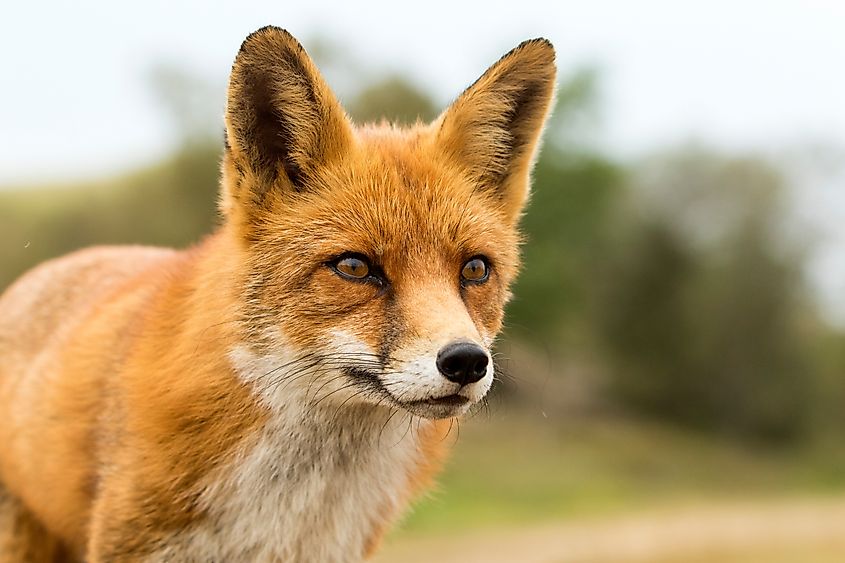
It’s a classic climate change story: when warming temperatures lead to milder winters, animals that once stayed south in warmer climes can expand their territory northward. Several species on this list have expanded their ranges in such a way; another example is the red fox, a common temperate species throughout Europe and North America that has expanded into Arctic tundra regions in recent decades.
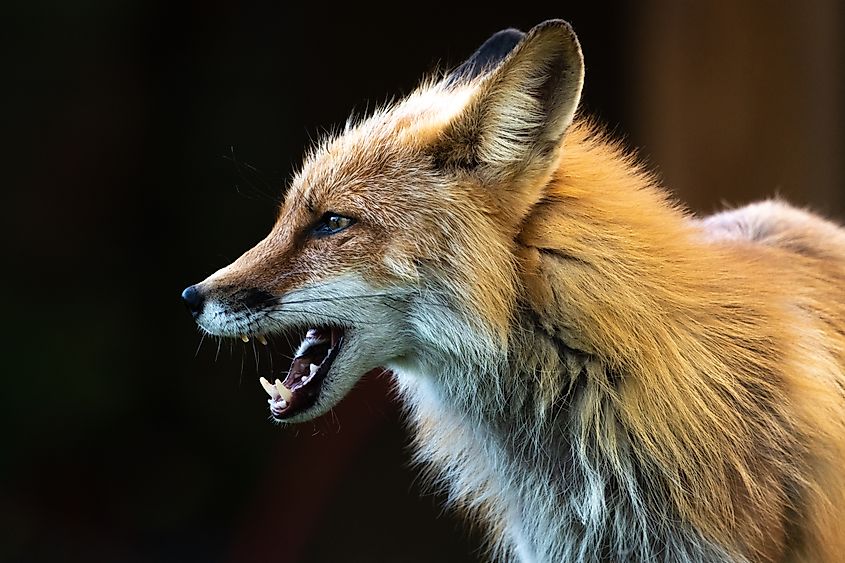
And by north, we do mean north: the red fox is moving in on the Arctic tundra, a region once the sole domain of the smaller but hardier arctic fox. Where once temperatures were brutally cold and food was subsequently very scarce, climate change is thawing things out - and the red fox stands to benefit. New territory and new food sources sound like great news for this highly resourceful species.
That said, it’s not such great news for the arctic fox. In a milder climate where food is no longer so scarce, the smaller arctic fox loses many of its competitive advantages. And the red fox - larger, stronger, and more adaptable - has been shown to out-compete the arctic fox for resources and territory on many occasions. So, although the red fox is succeeding spectacularly at adapting to a changing climate, that may not be for the best.
The Shifting Balance of Nature
Life finds a way, and when faced with a threat to its survival, a species will often find a way to turn that challenge into an opportunity. These five examples demonstrate that, in the face of climate change, some species have adapted to perfection. Is that always a win for the overall ecosystem? No, it’s not. Oftentimes, these expanding ranges lead to disaster for species that don’t adapt as readily to the presence of new species. But they do demonstrate the remarkable adaptability of life on earth.
